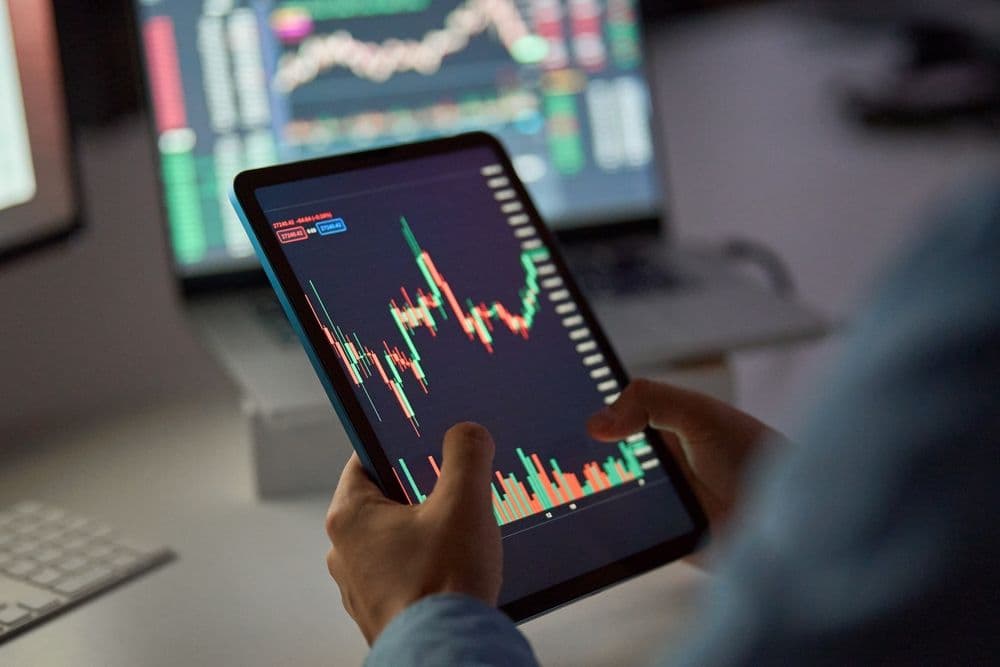The combined value of AI-related crypto tokens has surged fourfold in the past two years, now nearing a market capitalization of $20 billion.
While still a small portion - just 0.67% - of the $3.55 trillion total crypto market, its growth reflects rising expectations around the role of decentralized AI infrastructure, programmable money, and stablecoin-based payment systems.
According to Grayscale Investments, the AI crypto sector's relative infancy explains its modest current size compared to dominant verticals like decentralized finance and tokenized financial services, which represent hundreds of billions in value. Yet the firm suggests this disparity may shrink as AI-native crypto models mature and institutional use cases become clearer.
As of late May 2025, the AI crypto space comprises around 20 tokens. The largest by circulating market cap is TAO, the native asset of the decentralized machine learning protocol Bittensor. Despite an overall bullish year for crypto, the AI token sector has seen mixed individual performances. TAO is up 2% year-to-date, while ElizaOS has dropped 80%, underscoring the sector’s volatility and early-stage nature.
Still, the overall trajectory has been sharply upward. In 2023, the total market value of the AI crypto sector stood at just $4.5 billion. Today, it approaches $20 billion, suggesting that investor interest in AI-native infrastructure, decentralized training, and blockchain-based agent coordination is accelerating.
Stablecoins as Key Enablers for AI Agents
One of the most significant emerging trends is the convergence of AI with stablecoin infrastructure. A recent Grayscale report by research leads Zach Pandl and Will Ogden Moore highlights how stablecoins - blockchain-based digital dollars - could become foundational tools for AI agents that need fast, borderless, and programmable payment systems.
The integration of stablecoins into AI use cases comes amid growing interest from major fintech and tech players. Stripe recently expanded its stablecoin payout functionality to over 150 countries. Meta is experimenting with blockchain-based payment rails, and large U.S. banks are also reportedly exploring tokenized deposit frameworks compatible with AI tools.
Meanwhile, Coinbase has launched a “smart wallet” and programmable payments stack aimed at enabling AI and internet-of-things agents to conduct microtransactions in stablecoins. These developments are being shaped by regulatory advances, such as the U.S. crypto market structure bill and the proposed GENIUS Act - a bill focused on licensing and governance for fiat-backed stablecoins. If passed, such legislation could provide clearer legal rails for AI-driven payment flows.
Bittensor: Halving, Subnets, and Decentralized Compute
Bittensor remains the most developed decentralized AI protocol to date. Modeled loosely on Bitcoin, TAO has a hard cap of 21 million tokens and undergoes a halving event every four years. The first such event is expected later this year, reducing issuance and potentially impacting the token's supply dynamics.
In February, Bittensor launched the dTAO upgrade, enabling the formation of investible subnets - customized mini-networks optimized for specific machine learning tasks. Since the launch, over 7% of TAO’s circulating supply has been committed to these subnets, suggesting growing developer participation in decentralized training environments.
Subnets function as both economic and technical primitives, allowing participants to fund, curate, and extract value from independently governed neural networks. Grayscale’s analysts see this modular architecture as a key enabler for scaling AI in decentralized systems without relying on centralized compute providers like Amazon Web Services.
Distributed Training and GPU Marketplaces
Beyond Bittensor, several other AI-focused crypto protocols are exploring distributed training mechanisms. One example is Prime Intellect, which has trained models with over 30 billion parameters using idle GPUs contributed by global participants.
If this approach proves scalable, it could reduce the high costs associated with centralized AI model training and lessen dependency on big tech infrastructure.
Other projects, such as Gensyn and Nous Research, are also building toward decentralized GPU marketplaces and may introduce tokens later in the year. These platforms aim to support AI model development in environments where contributors are rewarded in crypto for compute or data sharing, rather than relying on centralized corporate infrastructure.
Data Monetization and Non-Financial Use Cases
Another emerging vertical in the AI-crypto intersection is data monetization. Grass, a protocol that aggregates and sells web-scraped data to AI labs, has reportedly reached tens of millions of dollars in annualized revenue - without offering a token. The project highlights how decentralized networks can tap into existing demand from AI developers while generating real-world income from non-financial sources.
The data economy is becoming increasingly important as AI systems require large, diverse, and regularly updated datasets to train models effectively. Grass’s trajectory shows that crypto-native data sourcing and monetization tools can coexist alongside traditional data brokers, potentially opening new markets for retail participation in the AI training loop.
Similarly, Virtuals - a platform offering tokenized access to AI agents - has seen $30 million in annualized trading fees. Such traction indicates early demand for agent-based economies, where AI models act autonomously and engage in commerce using digital tokens.
Final thoughts
Despite the optimism, the sector faces clear risks, including regulatory uncertainty, technical execution challenges, and overhyped narratives. Much of the current market cap is speculative and tied to future expectations of protocol growth or token utility.
Still, the convergence of AI, crypto, and programmable money appears structurally aligned with long-term technological trends. If new regulatory frameworks like the GENIUS Act or a finalized crypto market structure bill provide clearer guidance for AI–crypto operations, institutional adoption could follow.
For now, the AI crypto sector remains experimental and volatile - but increasingly visible. As real-world applications grow and infrastructure matures, the next phase may see it transition from a niche category into a more integrated component of both the crypto and AI ecosystems.

